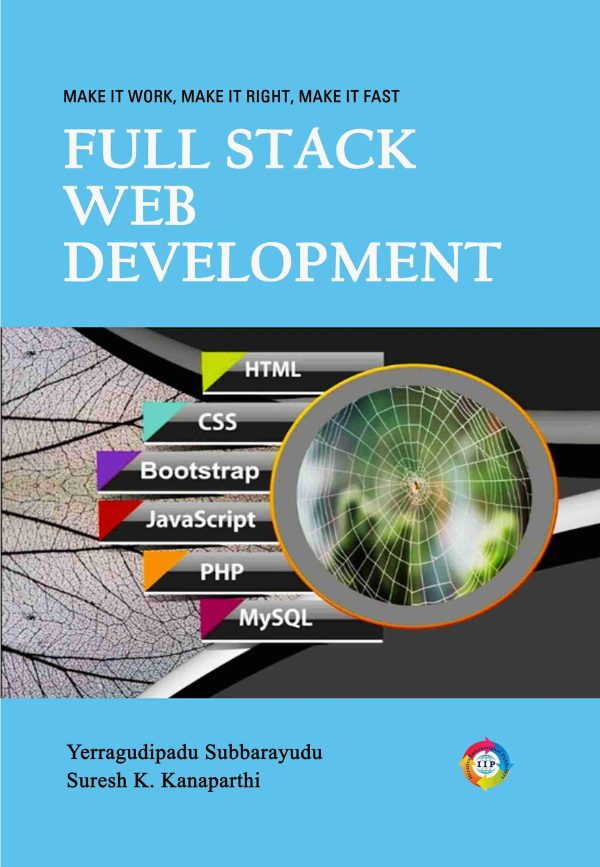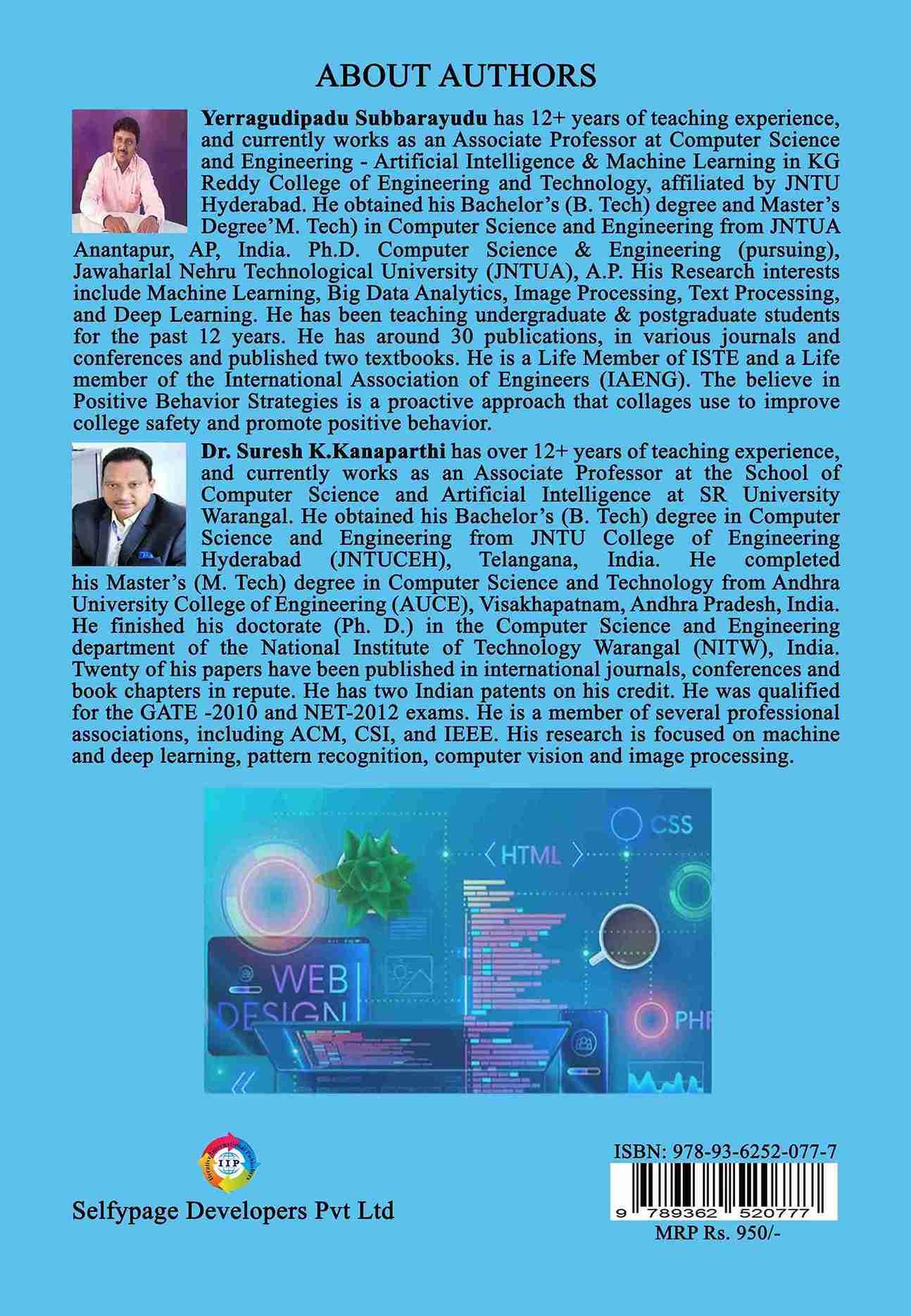Full-stack development is a multifaceted discipline within the realm of software engineering that encompasses the complete spectrum of designing, building, and maintaining software applications. A full-stack developer, like yourself, possesses a versatile skill set that spans both front-end and back-end development, making them proficient in every layer of the technology stack that powers an application.
Front-end development, often referred to as the “client-side,” constitutes the user-facing part of an application. It involves creating the graphical user interface (UI) and optimizing the user experience (UX). This aspect of development calls for mastery of HTML and CSS, the fundamental building blocks of web pages, in addition to JavaScript, the dynamic scripting language that breathes interactivity and functionality into web applications. Familiarity with front-end frameworks like React, Angular, or Vue.js and a solid grasp of UI/UX design principles are also crucial skills.
On the flip side, back-end development, known as the “server-side,” involves managing the server, databases, and server-side logic. A full-stack developer proficient in back-end development is skilled in server-side programming languages such as Python, Ruby, Node.js, or Java. Furthermore, they excel in database management, which includes working with relational databases like MySQL, NoSQL databases like MongoDB, and the ability to construct efficient SQL queries. Knowledge of server frameworks like Express.js, Ruby on Rails, or Django, and the capability to build robust APIs are essential components of back-end expertise.
Database management is a pivotal aspect of full-stack development, as it pertains to the structured storage and retrieval of data. It encompasses tasks such as data modeling, query optimization, and ensuring the security and integrity of the stored information.
Version control, often executed with tools like Git, forms an integral part of the developer’s toolkit. It facilitates tracking changes in the codebase, enables seamless collaboration with team members, and ensures code stability and reliability.
DevOps practices and deployment strategies are vital for releasing applications into production environments. Full-stack developers should possess an understanding of the DevOps pipeline, encompassing activities such as continuous integration and continuous deployment (CI/CD), to ensure efficient and reliable deployments.
Security is of paramount concern in full-stack development. Developers must be well-versed in identifying and mitigating common security vulnerabilities, implementing authentication and authorization mechanisms, and safeguarding both the application and its data from potential threats.
Continuous learning is an inherent aspect of a full-stack developer’s journey. The technology landscape is ever-evolving, and staying updated with the latest trends, tools, and programming languages is essential to remain competitive in this dynamic field.
In conclusion, full-stack development is a captivating and challenging domain that necessitates proficiency in a diverse array of technologies.









Reviews
There are no reviews yet.